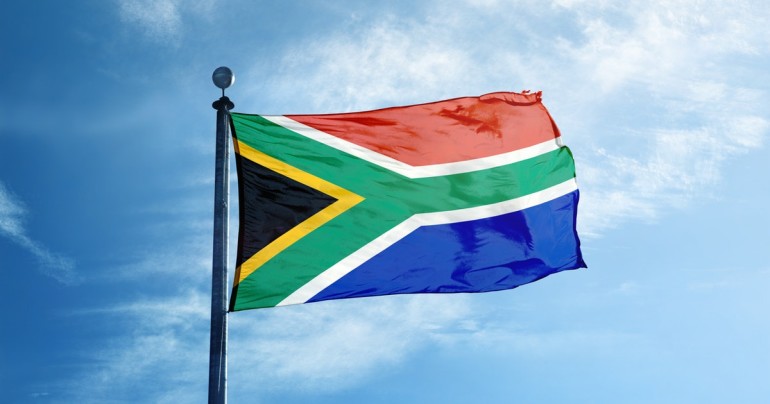Sponsored Listings:
One of the single-biggest threats to South Africa’s tourism sector has propelled our industry into action over the past two months, not only working collectively to keep our guests safe and mitigate any risks, but also to try and proactively advise our guests about safety and security in the destination, says ceo of SATSA, David Frost.
Frost’s comments follow yet another incident that has made international headlines, as the destination struggles to allay damaging reports on safety and security.
On September 18, the Mirror, in the UK, published a story with the headline: “Pregnant mum hacked to death while sleeping next to husband and son on weekend break”. The story is that of the tragic killing of South African Karen Turner.
The story goes on to say: “The vicious attack comes just days before Prince Harry is due to fly into South Africa with his wife Meghan and son Archie. They are taking their baby son on a tour to visit Harry’s favourite place in the world but where crime is spiralling out of control.”
“Like many parts of the world, South Africa has areas that are grappling with the unacceptable impact of crime,” says Frost. “Keeping citizens and visitors in South Africa safe is a top priority for our tourism industry.”
SATSA has been working with the National Department of Tourism on its Tourism Safety Strategy. “We are looking forward to the strategy being rolled out in earnest and communicated widely to tourists and travel industry stakeholders locally and internationally,” he says.
The country has been trying to move away from the perception that it is an unsafe destination for many years, said Tshifhiwa Tshivhengwa, CEO of the TBCSA during a recent webinar, hosted by Tourism Update , on 17 September. “As much as we have worked around it [issues of safety and security] and have managed to grow our [tourism] numbers, communication has changed,” said Tshivhengwa. “Twenty years ago, few things made headlines. Today, with smartphones, the message gets out.” He was referring to recent Xenophobic attacks in SA, Tshivhengwa said even if one were to make an effort to contextualise incidents, people still end up painting the entire country as unsafe. “Regardless if these things are happening on one street in Jo’burg, or a little portion of Soweto, or wherever it may be, people don’t care. They look at the whole country.
“It’s a message that we have taken to the Presidency to say that this doesn’t bode well for SA’s brand.”
Damage control
SATSA has been driving a crisis communications strategy to empower its members to deal responsibly with perceptions around the safety of travellers visiting the country, says Frost.
“We are working closely with other stakeholders such as Wesgro, DEDAT, City of Cape Town, other industry bodies, the National Department of Tourism, Tourism Business Council of South Africa and South African Tourism to seek out collective solutions.
“One of these initiatives was to run an industry survey. As a result, we’re developing a national set of national FAQs to provide our members with responses to any questions they receive from customers and assist them directly when they send us question,” says Frost.
SATSA has also launched a #10mins4tourism initiative, to which industry stakeholders have signed-up to monitor Facebook groups and online fora to respond proactively to questions that prospective travellers are asking about South Africa.
The organisation is also running a survey among members to get a sense of any cancellations that have resulted following the reports of xenophobia and concerns over crime and safety of tourists.
“In conjunction with our SATSA App, we have also launched a WhatsApp group for tip-offs. SATSA members can add their details to the WhatsApp group by contacting head office.”
Source: tourismupdate.co.za










